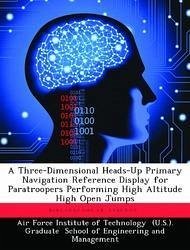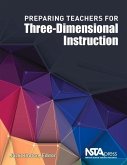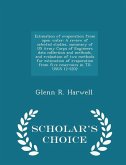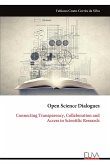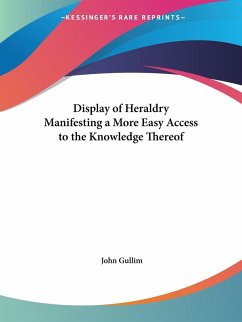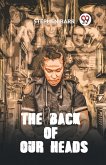The Department of Defense (DoD) relies on the para-dropping of resources to meet different objectives in order to accomplish missions during peace-time, war-time, or military operations other than war. The resources dropped to the ground via parachute range from supplies and equipment to the most valued asset, people. Tactics have been developed to increase the safety of troops parachuting into areas of conflict. These tactics include high-altitude high-opening (HAHO) jumping and night jumping. HAHO jumping allows paratroopers to travel large distances in the air away from the path of the delivering aircraft. While night jumping, done with the aid of night vision goggles (NVGs), provides paratroopers with the cover of night. Both of these tactics aid in avoiding detection. These techniques, however, have their drawback: low cloud cover and fog can often delay mission accomplishment due to a lack of visibility. However, low cloud cover and foggy conditions also provide a tremendous aid in covert insertion missions and enhance the element of surprise. This research introduces a novel application combining three-dimensional graphics and GPS for a primary navigation reference for paratroopers. It uses three-dimensional graphics to realistically portray a paratrooper's movement in the physical world, measured by GPS, as movement in a computer generated scene. This reference, presented as a heads-up display on the NGVs paratroopers already wear, facilitates mission accomplishment in cloudy and foggy conditions. Evaluation of a prototype system validates the effectiveness of such a three-dimensional navigation reference for paratroopers
Bitte wählen Sie Ihr Anliegen aus.
Rechnungen
Retourenschein anfordern
Bestellstatus
Storno

